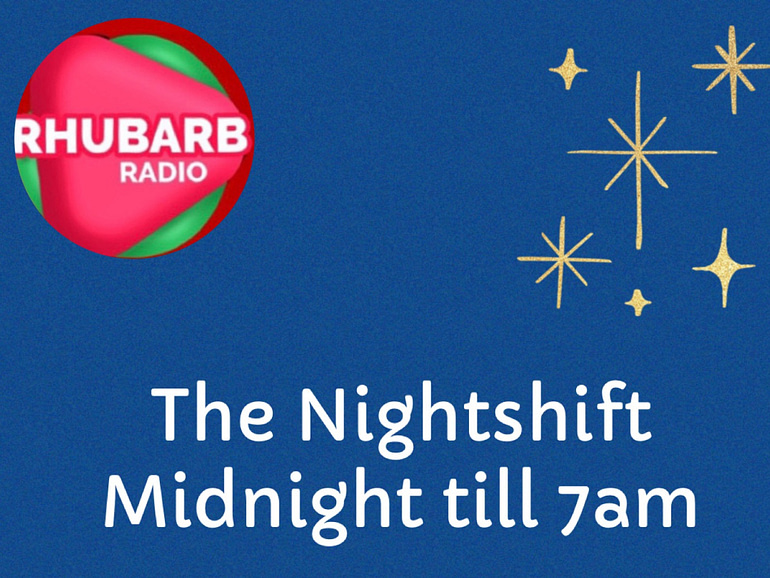
chevron_left
-
play_arrow
Rhubarb Smoothies Radio
-
play_arrow
Rhubarb Radio
The Music That Immortalised 90s Subculture with electronic technologies
share
close
The 90s undoubtedly marked the Golden Age of underground music zines cataloguing subcultural movements. Without an avalanche of Tumblr accounts offering endless information on what your favourite band is wearing, Soundcloud recommendations about who to listen to next, or Twitter documenting your most-loved guitar player’s childhood fear, publications such as the pioneering DIY zine Sniffin’ Glue and groupie-focused Star found their way into the eager hands of music fans around the world. To celebrate a simpler time, here is our rundown of the five most iconic underground zines you might not have heard of, and where you can read them.
Starting off this list with the OG of all zines, Sniffin’ Glue was the first publication to chronicle punk from an insider’s point of view. Created in the UK in 1976, right after editor Mark Perry (who was a bank clerk at the time) watched a Ramones concert, Sniffin’ Glue’s haphazard DIY style, with felt-tip titles, shabby grammar, swear words and informal writing paved the way for the many punk zines that followed. Submitting to the movement’s idea of creating your own culture and rejecting the old, it did not subscribe to any traditional forms of publishing, and in fact was closed down after only 14 issues due to fear of becoming incorporated into the mainstream music press. Unfortunately, it is not catalogued online – but if you’re London-based, you can check out the full archive at the London College of Communication’s zine library.
Considered scandalous at the time, 1973’s LA-based Star magazine was aimed at teenage girls and chronicled the lives of the decade’s most iconic groupies, from Sable Starr to the hyper-controversial Sunset Strip “baby groupies”. With a manifesto that could almost be called feminist, the first issue opened riddled with angry letters from teachers and parents – one of them surprised the magazine “didn’t come wrapped in plain brown paper” as a porn magazine would – to which the editorial team answered: “How about letting Arkansas’ girls decide about Star?” It even featured a commentator that could’ve come straight from 2016, who stated that men like him don’t like this “Women’s Lib baloney” that the magazine advocates. Referring to their readers as Foxy Ladies (also a name used for baby groupies), Star never undermined their pheromone-ridden teen readers, and featured plenty of pictures of a young Mick Jagger, alongside comic strips of fantasy scenarios, for example where a fan dresses up as glam rock icon Marc Bolan to get backstage. With five printed issues painstakingly collected and digitalized, you can access the whole archive here.
Written by: [email protected]
Authors Cool music Dj Music themes Music wp themes Party
Rate it
Similar posts
Does A Woman Help Progression In Music?
As festival season rapidly rolls in, we’re constantly being reminded of the continuing lack of diversity on our lineups. With a recent study indicating 86 per cent of the lineups of 12 major music festivals last year including Glastonbury, Reading and Leeds and Creamfields were male, it seems that the […]
4 Questions About The Music Industry You Should NOT Be Asking
Chances are, you are already ruining your potential to succeed in the music industry because you believe in one or more music career myths. How do I know? I am sent e-mail messages on a constant basis by tons of musicians (all seeking the answers to the WRONG questions). These […]
Chart
-
Top popular
Featured post
Latest posts
Current show
Upcoming shows
The Breakfast Show with Jaffa – Sponsored By Wakefield District Markets
7:00 am - 10:00 am
Mid Mornings
10:00 am - 12:00 pm
The Flashback Lunch sponsored by The Living Room Fires & Fireplaces Wakefield
12:00 pm - 2:00 pm
Afternoon Anthems
2:00 pm - 3:00 pm
Drive time with Jools Oughtibridge
3:00 pm - 6:00 pm
Chart
DESIGNED AND HOSTED BY E-RHUBARB MARKETING AND WEB DESIGN | COPYRIGHT 2023 RHUBARB RADIO CIC | COMPANY NUMBER: 1091624








